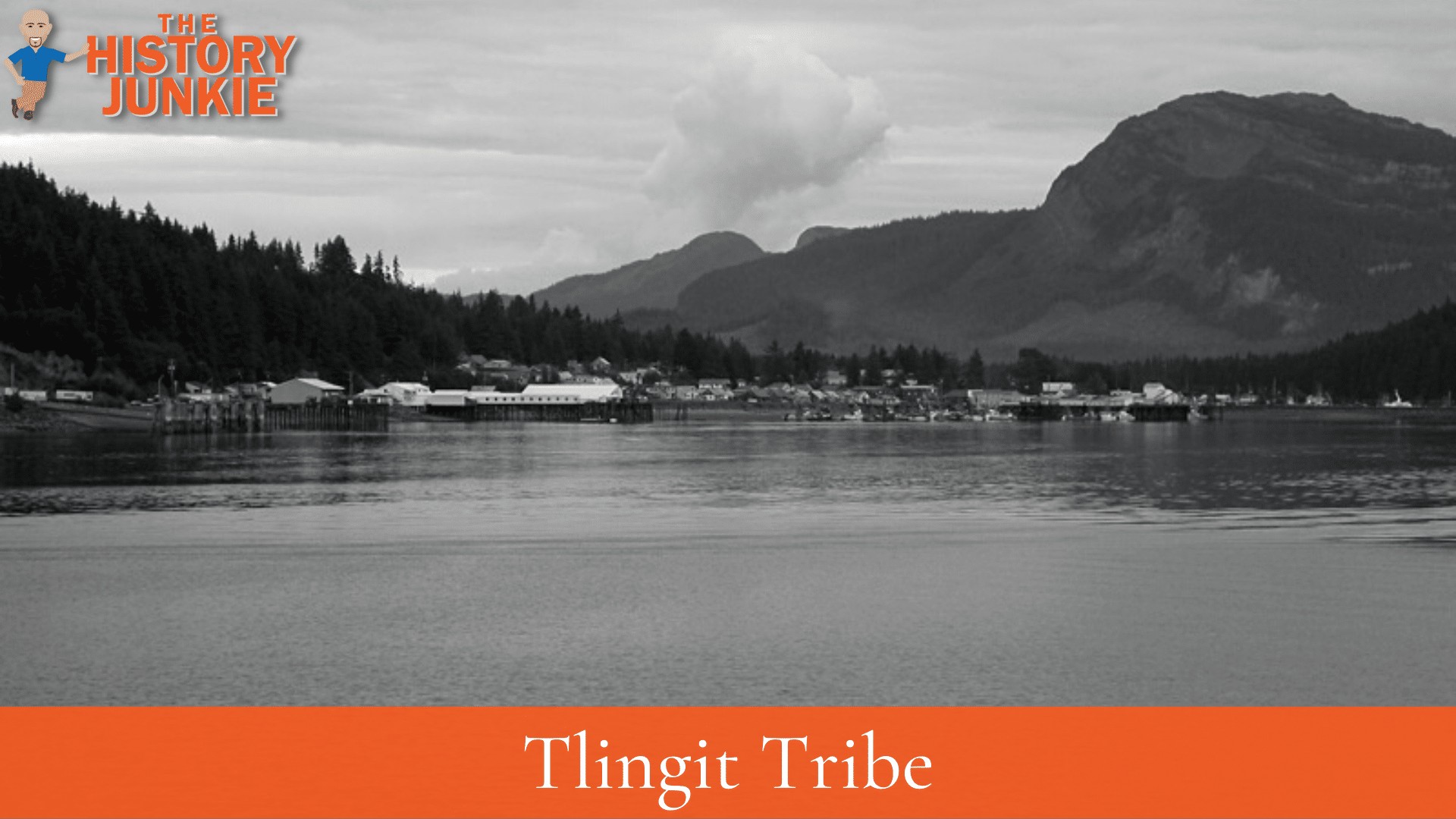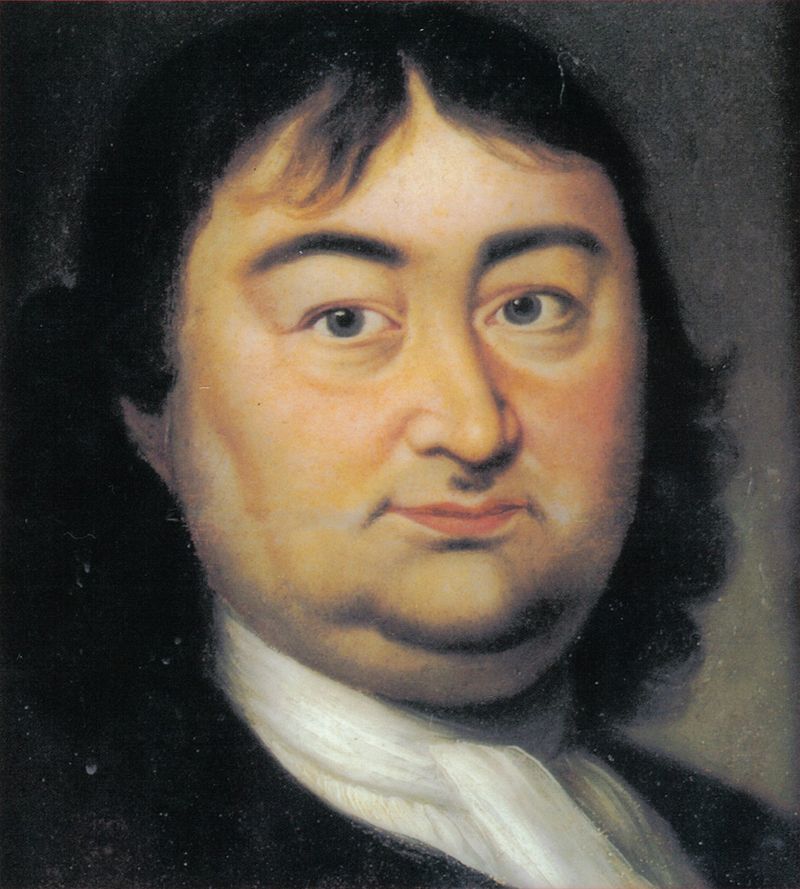
Jump to:
#1. The Tlingit Tribe Considers Stories Property
Stories are extremely important to the Tlingit Tribe.
Stories are considered property in Tlingit culture, and sharing a story without its owners' permission is a breach of Tlingit law.
Stories about the Tlingit people as a whole, the creation myths, and other universal records, however, are usually considered the property of the tribe and may be shared without restriction.
It is important that the details be correct to preserve the story's accuracy.
This is similar to what we would call "intellectual property" in the United States.
#2. The First Europeans To Make Contact With The Tribe Were The Russians

Russia does not get much discussion in the way of expeditions in the New World. However, they were active around Alaska and did colonize some of the areas.
They were the first to make contact with the Tlingit tribe when, in 1741, Vitus Bering was separated from Aleksei Chirikov and only reached Kayak Island; Chirikov, however, traveled to the western shores of the Alexander Archipelago.
He lost two boats of men around Lisianski Strait at the northern end of Chichagof Island.
Chirikov then encountered hostile Tlingit and returned west.
The Tlingit were generally not hostile and enjoyed trade with the Europeans.
Although he was not the first, it should be noted that Captain James Cook made contact with the Tlingit tribe in 1778 while searching for the Northwest Passage.
#3. The Primary Food They Eat Is Salmon
The Tlingit Tribe lives near the Pacific Ocean and eats an assortment of meats from the sea and wild fruits and vegetables.
The primary staple of the Tlingit diet, salmon was traditionally caught using a variety of methods. The most common was the fishing weir or trap to restrict movement upstream.
These traps allowed hunters to spear a good amount of fish with little effort easily.
It did, however, required extensive cooperation between the men fishing and the women on the shore doing the cleaning.
The Tlingit would eat everything on the animal in order to get all the necessary nutrients they needed. This included the vertebrae from the salmon that they would aid in giving them calcium.
They also ate a variety of beach seafood. The Tlingit gathered razor clams, clams, oysters, mussels, crabs, seaweed, limpets, and other sea plants on the beach, and they were normally cooked over an open fire or boiled.
The heads of a small type of fish were boiled in a delicious broth that is good for colds.
Unlike some of the other Northwest Tribes, they do not hunt whales.
#4. The Tlingit Practices Slavery
Compared to other tribes located in the Northeast and Southeast, the Northwest Indian tribes seemed to practice more slavery.
Slavery was practiced for centuries by the Tlingit tribe and did not become outlawed until Alaska was purchased by the United States.
A Tlingit historian, Rosita World, said this about the practice:
The slavery system in the United States, including the indigenous systems, legally ended with the passage of the Thirteenth Amendment to the United States Constitution, which abolished slavery in 1865. However, it persisted among the Tlingit until the early 1900s.
The Tlingit challenged the constitutional amendment in In re Sah Quah, arguing in court that as an aboriginal group, they retained internal governing authority exclusive of the laws of the United States. Because slaveholding was permitted under Tlingit custom and because they retained independent sovereignty, the Tlingits contended that federal laws prohibiting slavery did not apply to them.
They would obviously lose their challenge as slavery was abolished universally, and the tribes, even though considered sovereign, were forced to comply.
#5. They Were Code Talkers In World War 2
Usually, the Navajo Tribe gets most of the credit for their work as code talkers in World War 2. Their sacrifice and work were outstanding. It was one of the only codes that the Japanese could not crack and enabled victory in the Pacific.
In 2008, the Code Talkers Recognition Act revealed that speakers of several Native American languages besides Navajo had served as code talkers.
Among them were five Tlingit men:
- Richard Bean Sr. of Hoonah
- Robert "Jeff" David Sr. of Haines
- Mark Jacobs Jr. of Sitka
- Harvey Jacobs of Sitka
- George Lewis Jr. of Sitka.
